This past Thursday the College Board (the company behind several U.S. standardized tests, including the SAT) announced that students' SAT scores will now be reported alongside a new indicator.
Widely referred to as an "adversity score," the index aims to quantify a given student's structural disadvantages, by accounting for an area's rates of crime and poverty, among other factors.
The College Board is calling it an "Environmental Context Dashboard," and although it will not directly affect a test-taker's score, it will be presented to college admissions officials in order to provide a better context for where the student is coming from and what they had to overcome in order to achieve the results they achieved.
As a part of the announcement the College Board's David Coleman explained:
If it works for the SAT, why not for MUSIC?
This is not the first time I have asked this question. In a 2015 blog post I specifically asked what would happen if as a part of the adjudication process we factored in the following:
Enrollment/retention growth
Crime and poverty in the attendance boundaries
Number of students who study privately
Number of faculty & staff
Size of the organization
Number of student owned horns
Size and condition of the school inventory
Number of years in the classroom for the teacher
Instrumentation of the ensemble
Is the ensemble audition based?
I fully recognized the logistical problems associated with making such a change. After all, what we do can’t be graded by a scantron.
And while I am not suggesting that we alter an ensemble score, I am suggesting that we acknowledge and discuss the underlying premise that we perform/compete on a very unlevel playing field. After all, it’s easier to:
Play with a characteristic sound when you have a quality horn in working condition
Have blend and balance when you have 150 kids
Play in tune when you have new high quality reeds
Have better quality musicians if students study privately
Be successful if you are able to hire instrument coaches/techs
Be successful if you have program designers, drill writers, and music arrangers
This is NOT meant to say that you can’t overcome some or all of these obstacles. We know that with great teaching there are schools in impoverished areas that are creating highly competitive and artistic ensembles in challenging environments. I have seen it and know it to be true.
But…It’s harder to do and statistically less likely to happen.
Maybe we can learn something from the College Board and their newest addition. Keep in mind, the "adversity score” doesn’t change the score of the student, it merely gives the admissions officer (or adjudicator) a more complete picture of the applicant so they can make a more informed decision. Similarly, we wouldn’t change a music score based on the environment of the school. But, perhaps a more complete picture of the ensemble (demographics, enrollment, teachers, etc.) might help to provide a more complete and better evaluation for the directors and students to learn from.
Now if we can just keep rich people from going on a crime spree in their own neighborhood to help boost their kids adversity score.
Have a great week.


